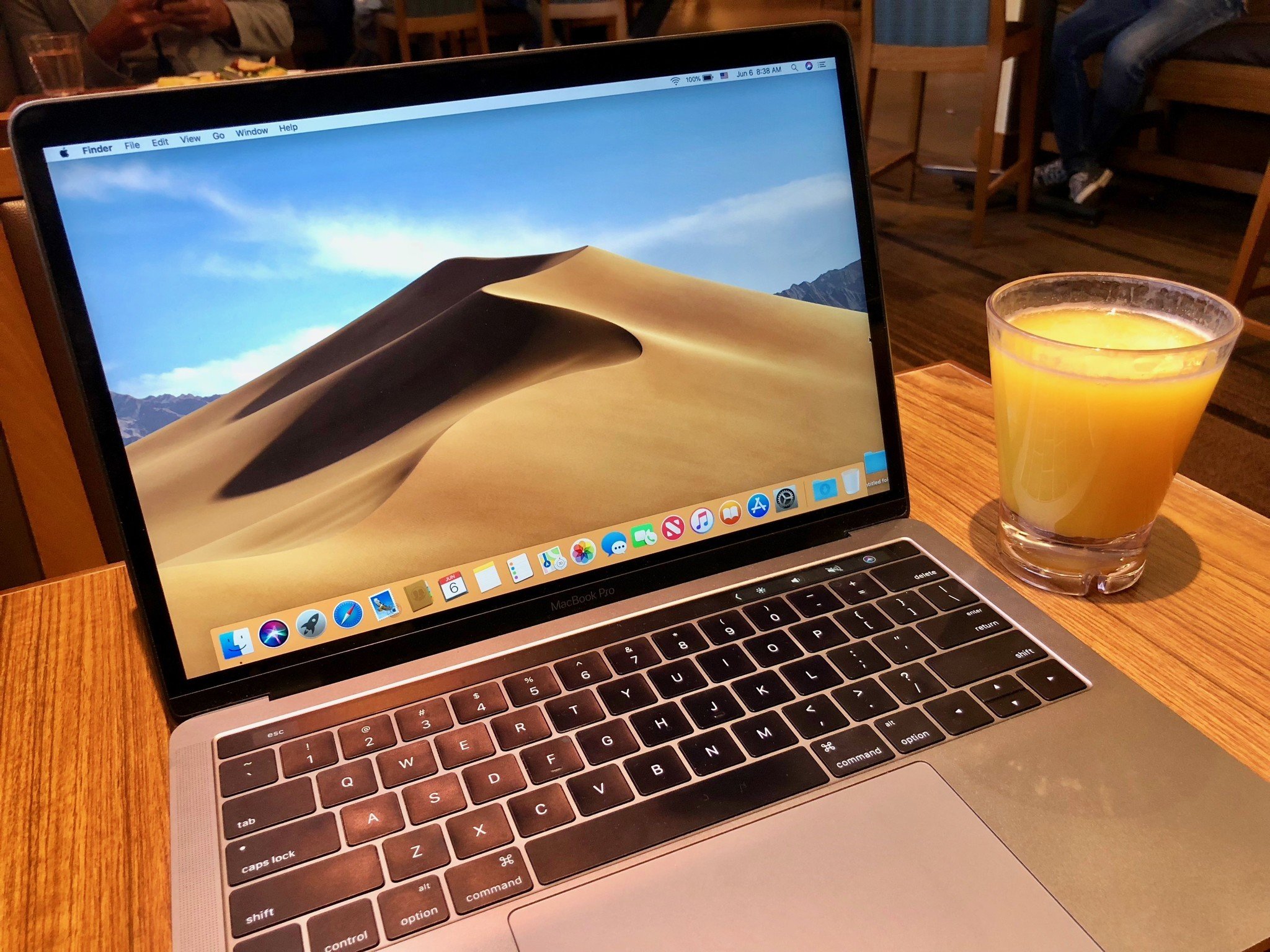- Sep 13, 2018 2. Download the macOS Mojave Installer from the Mac App Store. To download the macOS Mojave installer, go to the Mac App Store Updates tab and choose Mojave installer (Here is a direct link.) When it's ready, it's going to launch automatically. You will need to quit it at this point, we're not running it this way.
- Mac OS X Universal Binary Driver v2.0.0 (PKG file format) For Mac OS High Sierra (version 10.15) - see NOTE below. For Mac OS High Sierra (version 10.14) For Mac OS High Sierra (version 10.13) For Mac OS X Sierra (version 10.12) For Mac OS X El Capitan (version 10.11) For Mac OS X Yosemite (version 10.10) For Mac OS X Mavericks (version 10.9).
May 28, 2020 A Mac version of Chirp is available on the Chirp website. In spite of all the Mac specific help provided, I have not been able to install it on my MacBook running High Sierra. I've already heard the other options - install Parallels / Windows, buy a cheap PC or use a Raspberry Pi, but I KNOW someone out there has gotten it to run on a standard Mac.
Important Notes:

- Using APFS is REQUIRED in Mojave in order to receive system updates via the normal Software Update method. If you choose to continue using macOS Extended (Journaled) as your filesystem type, you will NOT receive System Updates via System Preferences. If you are not using APFS, you can follow the 10.14.1 installation steps below.
- After applying ANY system update via Software Update, re-applying post-install patches using your Mojave Patcher installer volume will most likely be necessary. If you install a software update and the system fails to boot afterwards, this is what needs to be done.
10.14.6
10.14.6 can be updated normally via Software Update if using an APFS volume, and will need to be patched using an installer volume created with Mojave Patcher version 1.3.2 or later after installing.
10.14.5
10.14.5 can be updated normally via Software Update if using an APFS volume, and will need to be patched using an installer volume created with Mojave Patcher version 1.3.1 or later after installing.
10.14.4
10.14.4 adds new changes that ARE NOT patchable by the post-install tool of Mojave Patcher v1.2.3 and older! Before updating to 10.14.4, you you will need to use the latest Mojave Patcher version to create a new installer volume, using the 10.14.4 installer app. Then, update to 10.14.4, either by installing via Software Update, or by just using the installer volume you've created to install.
Mac Mojave Update
10.14.3If you are currently running 10.14.1 or 10.14.2, you can simply use the Software Update pane of System Preferences (if using APFS) to apply the 10.14.3 update. Once the update is installed, you will most likely need to re-apply post-install patches to get the system to boot again. This process is detailed in steps 8 - 10 above. If you are currently running 10.14.0, you'll need to proceed with the 10.14.1 update method described below.
10.14.2
Mac Mojave Download
If you are currently running 10.14.1, you can simply use the Software Update pane of System Preferences (if using APFS) to apply the 10.14.2 update. Once the update is installed, you will most likely need to re-apply post-install patches to get the system to boot again. This process is detailed in steps 8 - 10 above. If you are currently running 10.14.0, or are using a non-AFPS volume, you'll need to proceed with the 10.14.1 update method described below.

10.14.1/macOS Extended (Journaled) volumes
The Mojave 10.14.1 update does NOT install properly on unsupported machines, and could result in an unbootable OS. If you want to install the 10.14.1 update (and are not currently running 10.14.1), perform the following steps:
• Download the latest version of Mojave Patcher
• Download the installer using the Tools menu of Mojave Patcher
• Create a patched USB installer
• Boot from that, and install 10.14.1 onto the volume containing an older release.
• Once done, apply the post-install patches, and you should now be on 10.14.1.